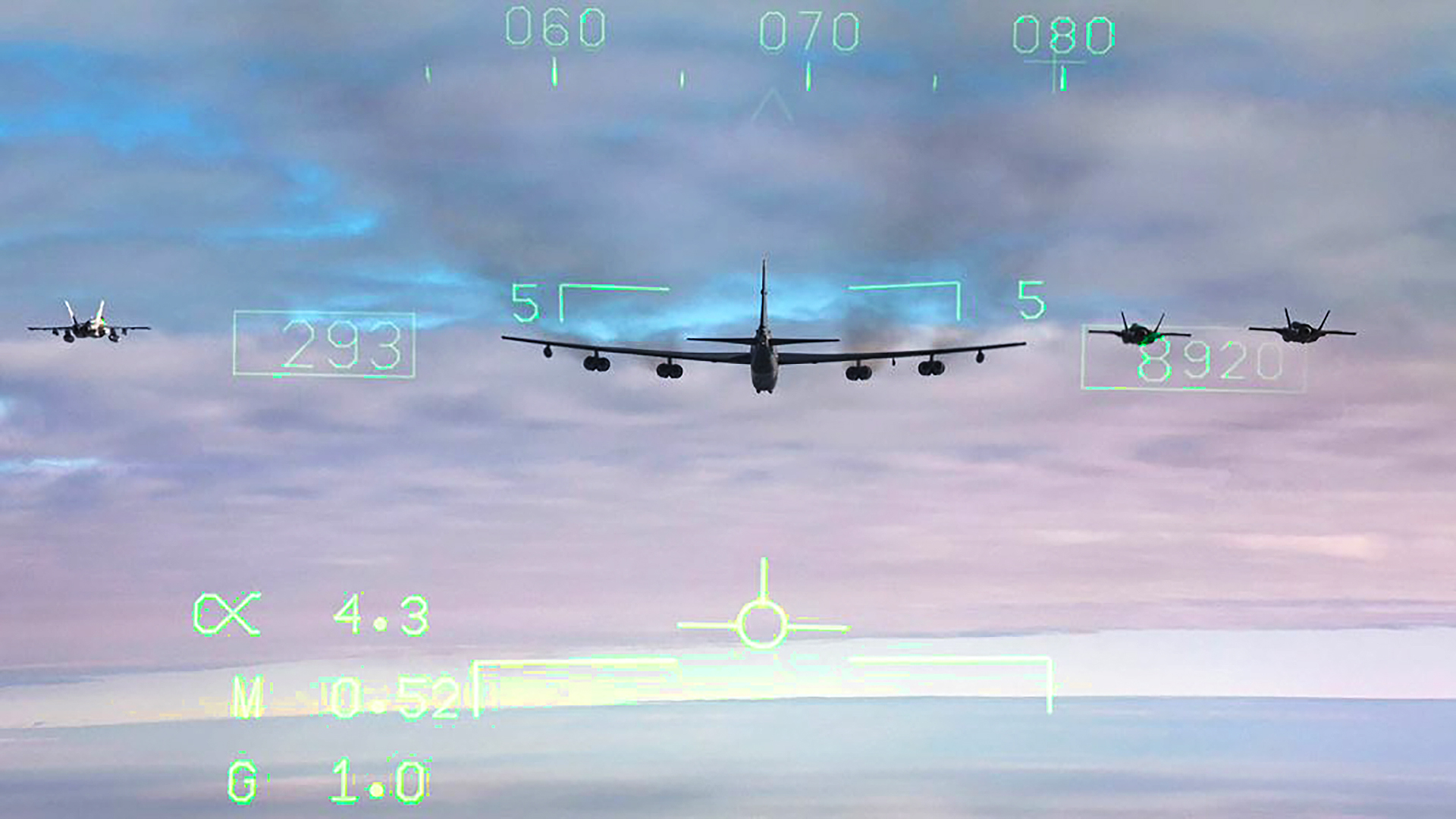A U.S. Air Force B-52H Stratofortress bomber today flew over the Estonian capital, Tallinn, on a sortie that brought it within roughly 50 miles of the Russian border, according to online flight-tracking data. The B-52 had earlier appeared over Tallinn to mark Estonian Independence Day, the national day of the Baltic State, but broader geopolitical developments in the region put the flight in a different context.
While over Tallinn, the strategic bomber joined a formation with four F-35A stealth fighters and a pair of F/A-18 Hornets. The F-35s were very likely Royal Netherlands Air Force examples that are currently conducting the Baltic Air Policing mission out of Ämari Air Base in Estonia. Meanwhile, the F/A-18s were from the Finnish Air Force.

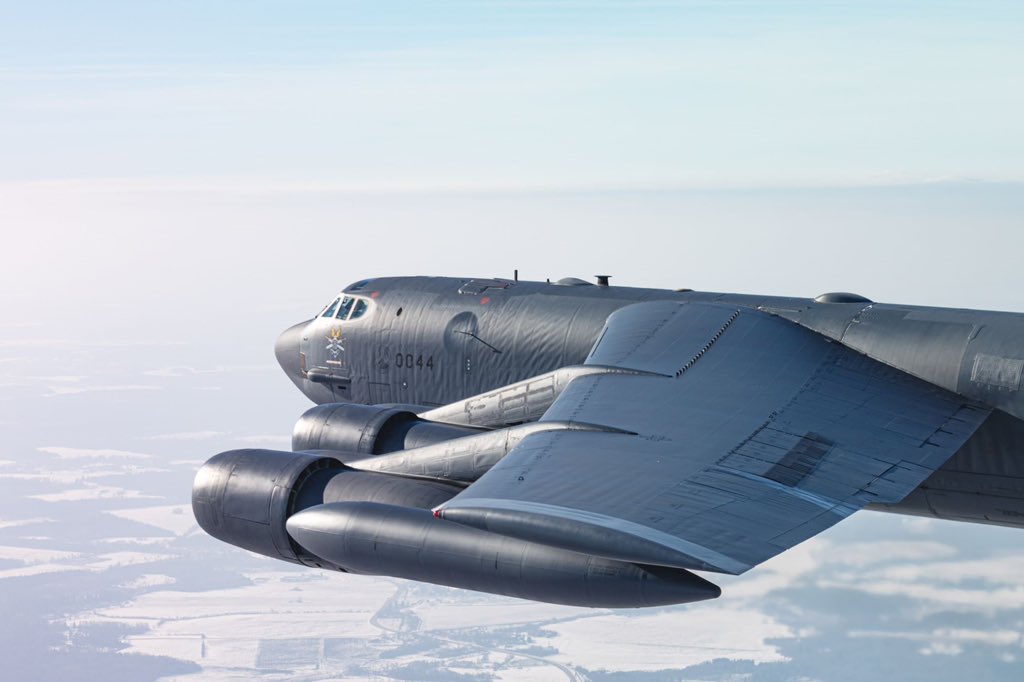
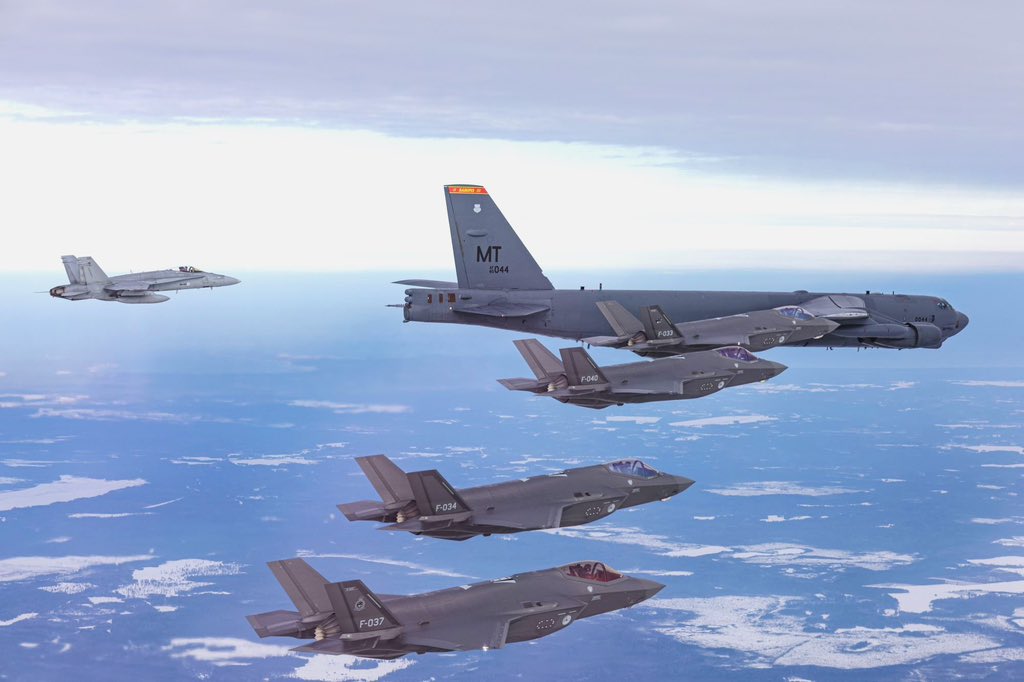
While scheduled, the B-52 flight led to much speculation on social media, especially since it came three years to the day since Russia launched its full-scale invasion of Ukraine.
It should be noted that overflights of Tallinn have happened before for Estonian Independence Day and have also previously involved B-52s.

On the other hand, the signaling of this type of flight cannot be entirely overlooked, especially coming amid something of a reset in relations between the United States and Russia — and between Washington and NATO — since President Donald Trump took office.
The B-52, from the 5th Bomb Wing from Minot Air Force Base, North Dakota, is one of two currently at RAF Fairford in England as part of a routine Bomber Task Force (BTF) deployment.

Such deployments regularly involve missions in and around the Baltic Sea, an area of considerable importance, especially since the full-scale invasion of Ukraine and the subsequent East-West tensions.
Earlier today, after flying over Tallinn, the B-52 continued in an eastward direction, heading toward Saint Petersburg. Based on publicly available data from online flight-tracking websites, the bomber came to within around 50 miles of the Russia-Estonia border before turning south.
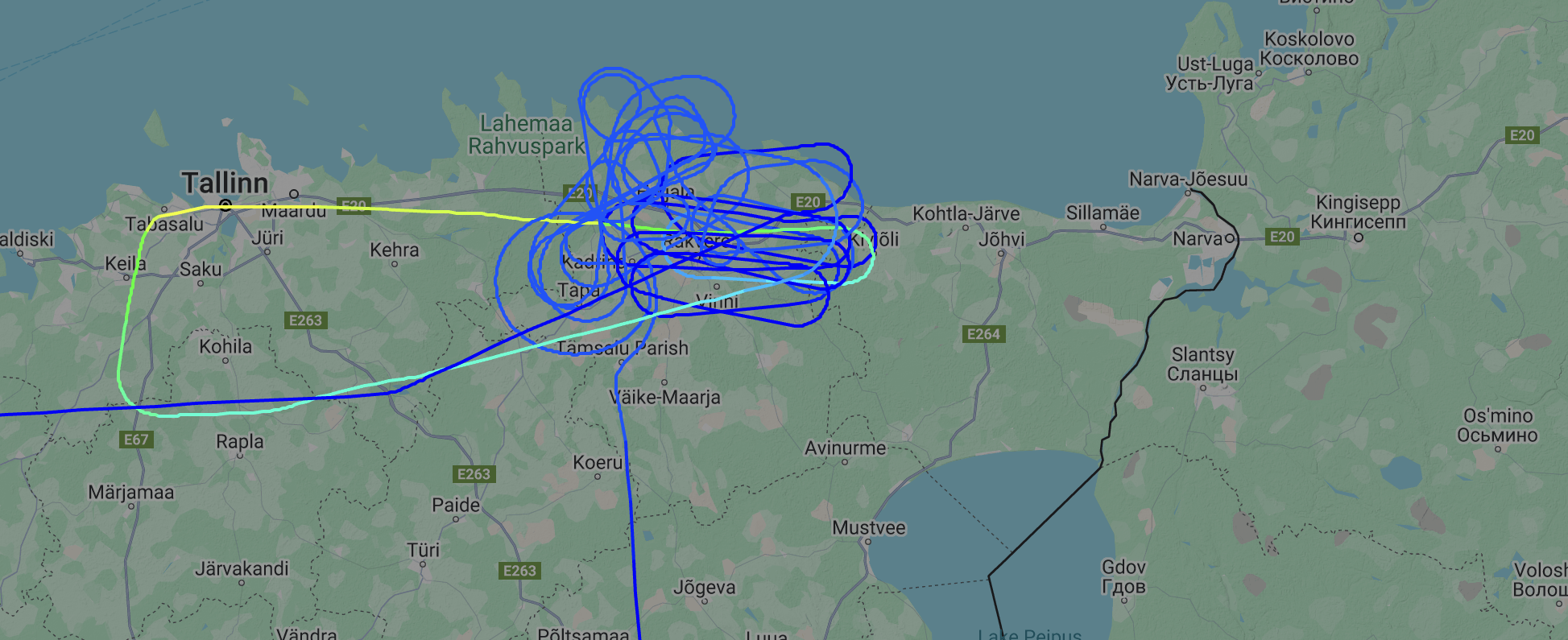
Continuing its return leg, the B-52 flew through Latvia and Lithuania, before crossing into Polish airspace, via the so-called Suwalki Gap. This brought the bomber to within around 10 miles of the Belarusian border, again based on online flight-tracking data. It’s worth noting that it’s not unheard of for U.S. bombers to pass through this area.

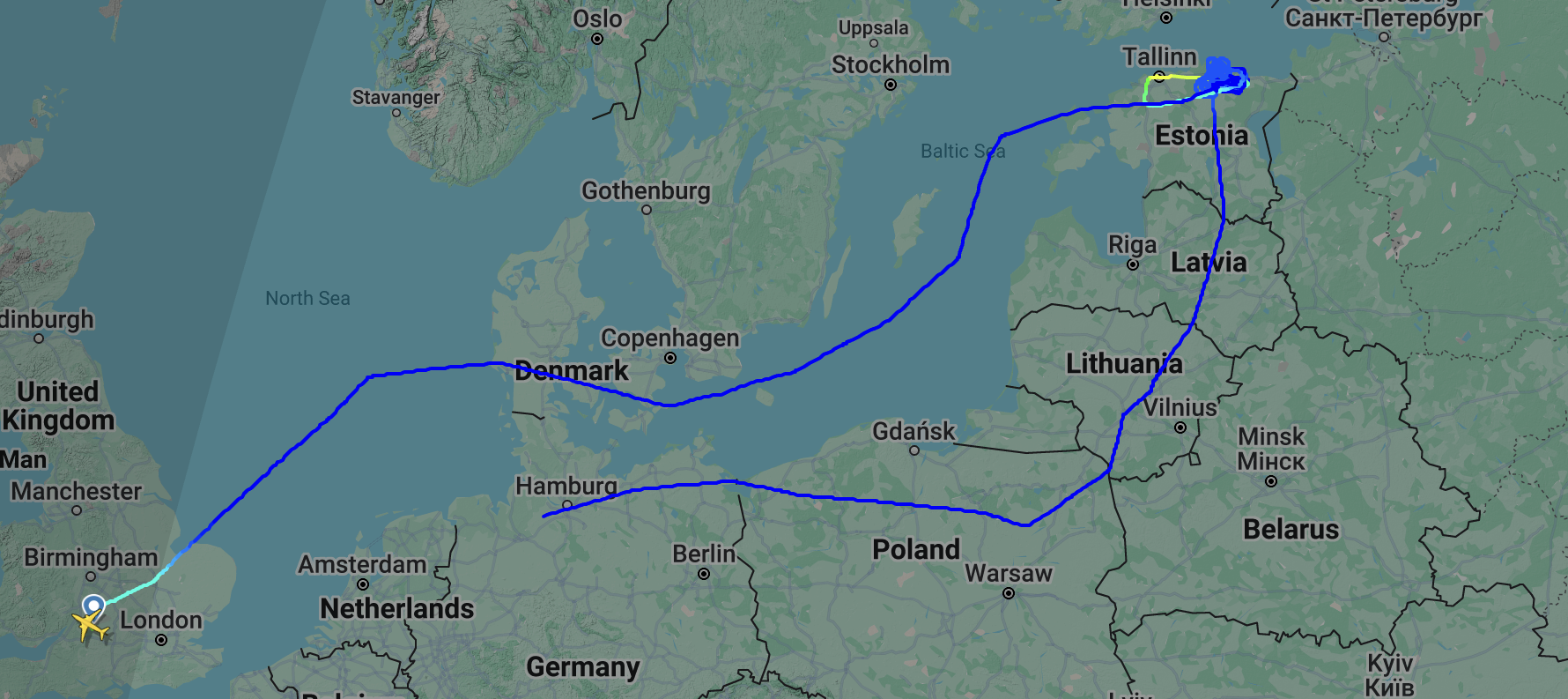
The Suwalki Gap provides the shortest land route between Belarus and the heavily militarized Russian exclave of Kaliningrad, a distance of roughly 40 miles. As such, this has become a choke point and an area of great strategic and military importance to NATO and Russia. Were a conflict ever to break out in the region, Russian control of the Suwalki Gap would cut the three Baltic states of Lithuania, Latvia, and Estonia off from the rest of the European Union and it would create a land bridge to Kaliningrad.

Again, the symbolic nature of a B-52 flight in these specific areas is hard to ignore.
For the three Baltic States in particular, today’s B-52 sortie may be seen as a reminder of U.S. commitment to their continued independence in the face of an increasingly belligerent Russia.
So far, the U.S. Department of Defense has not issued an official statement about the flight. However, in 2023, when a pair of B-52s also flew over Tallinn for Estonian Independence Day, U.S. Air Force Gen. James Hecker, commander of U.S. Air Forces in Europe-Air Forces Africa and NATO Allied Air Command, said:
“The United States and Estonia are close allies and share a strong partnership based on a common commitment to democracy, human rights, and the rule of law. We remain steadfastly committed to the freedom and sovereignty of Estonia and all our Baltic allies as we deter and defend against any threats to our shared security.”
Such commitment is now in shorter supply, at least as far as the messaging from the Trump administration.
In recent weeks, Trump has branded Ukrainian President Volodymyr Zelensky a “dictator” and blamed Kyiv for starting the war with Russia. At the same time, there has been a sudden move to normalize relations between Washington and Moscow.
For his part, Vance, speaking at the Munich Security Conference earlier this month, accused European leaders of suppressing free speech, failing to halt illegal migration, and betraying its “most fundamental values.”
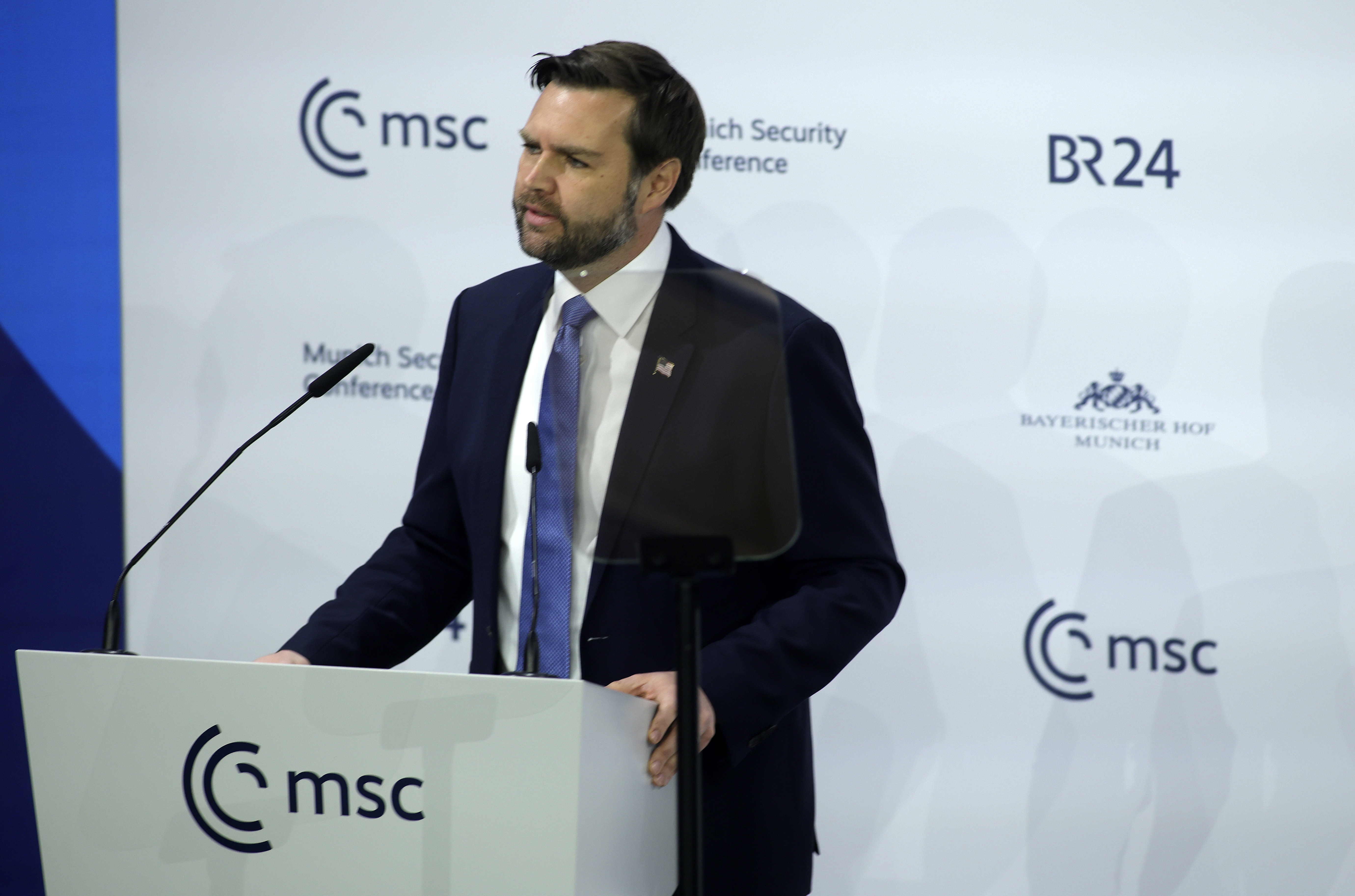
Meanwhile, U.S. Secretary of Defense Pete Hegseth has said that the United States “is no longer the primary guarantor of security in Europe.” These are words that will be of particular concern for the Baltic States, which rely to a huge extent on their NATO allies for defense.
Traditionally, of course, NATO’s posture in Europe has been backed up by plausible nuclear deterrence — reinforced by the nuclear-capable B-52 and regular BTF deployments. Amid a general realignment of U.S. foreign policy priorities, and Washington’s changing expectations of NATO — that guarantee now looks rather more questionable.
With that in mind, a show of force like the one conducted today carries some powerful signals not only for Russia, but also for the Baltic States and, more broadly, to other members of the NATO alliance who have no doubt been alarmed by recent messages from the Trump administration to Europe.
Contact the author: thomas@thewarzone.com
